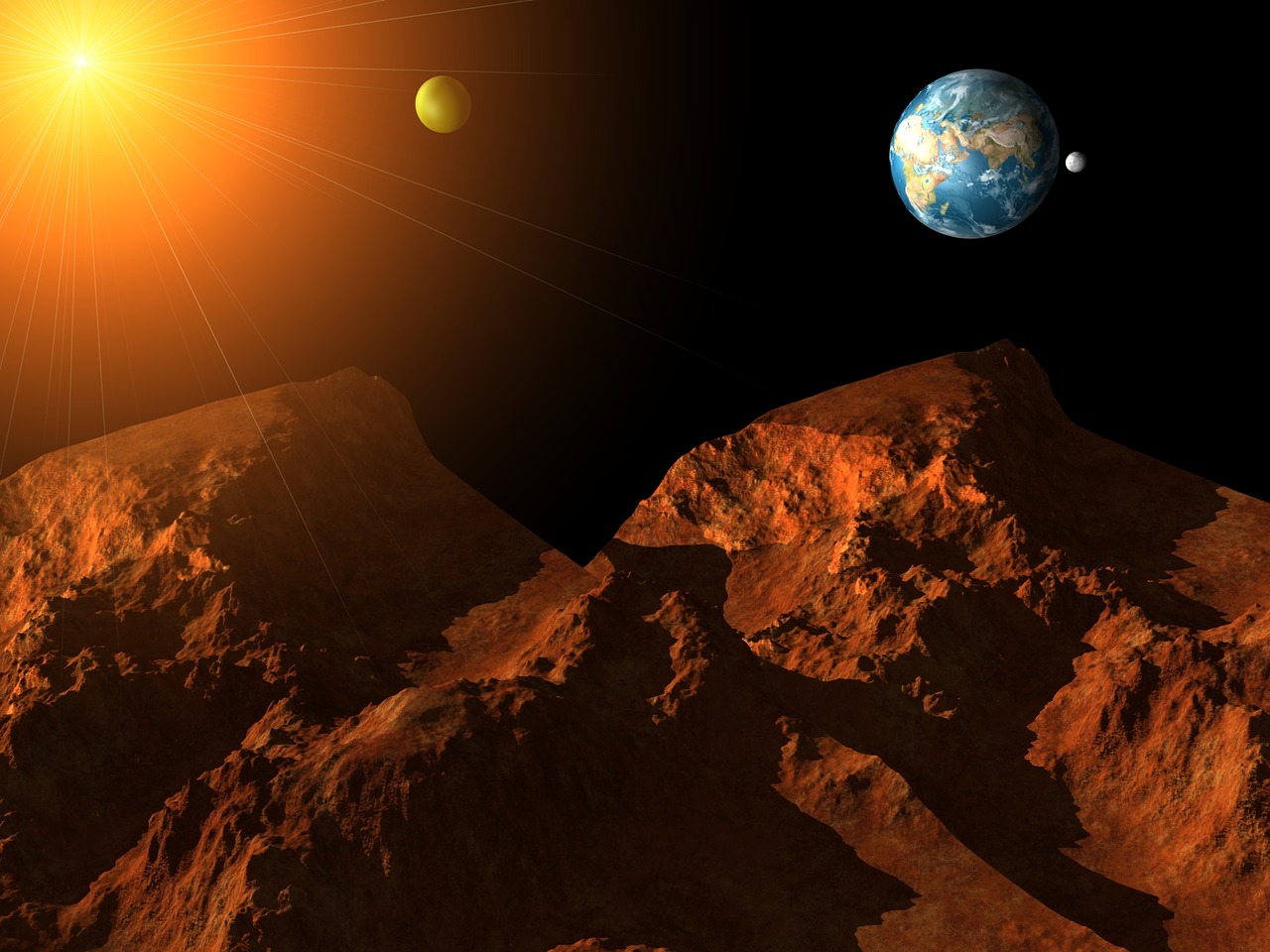Can the ‘Hope’ Mars Mission Change Everything That We Know About Mars?

UAE will become the first Arab, Muslim-majority country to lead the interplanetary mission by launching Hope satellite in 2021. UAE’s Hope satellite will focus on providing a holistic picture of the atmosphere of Mars and how the climate changes throughout the year.
This mission will help in increasing collaboration between different nations, provide Hope to the new generation, and will bring more women into STEM.
“The intent was not to put a message or declaration to the world,” says Sarah Al Amiri, Council of Scientists’ chairperson and Emirates Mars Mission’s deputy project manager. “It was, for us, more of an internal reinforcement of what the UAE is about.”
The satellite will launch in July from Japan in July, and it will study the connections between Mars’s upper and lower atmosphere. This mission will also aim at looking into the causes of loss of oxygen and hydrogen into space. The satellite will collect data for two years starting from February 2021. The mission can also be extended to 2025.
2021 is the year when UAE celebrates the 50th anniversary. UAE announced the launch of a satellite in 2014, which was a tumultuous time for the nation. The country was embroiled in protests, terrorism like ISIS. This mission was a way to celebrate the young generation of the country and provide employment opportunities. Ninety percent of people working on this mission are below 35 years of age.
The nation is seeing a boost in jobs relating to space exploration. Universities are recruiting faculty for Mars and Planetary science positions. UAE space agency has created new job opportunities for overseeing programs in the country.
Mohammed Bin Rashid Space Centre’s Emirati team members have grown from 70 people to more than 200.
“From a region that’s primarily made up of youth, it was very important for governments and nations to provide opportunities for them and to provide them with a beacon of hope,” Al Amiri says.
Hope Mars Mission’s critical element is International collaboration. UAE is working with Arizona State University, University of Colorado, and the University of California on the mission.
This probe has three scientific instruments- First being the EXI, a camera that captures and sends high-resolution pictures back to Earth second being EMIRS, study patterns of the temperature of water vapor, ice, and dust. The third is the EMUS, to study the atmosphere’s upper layer and hydrogen and oxygen trace further.






